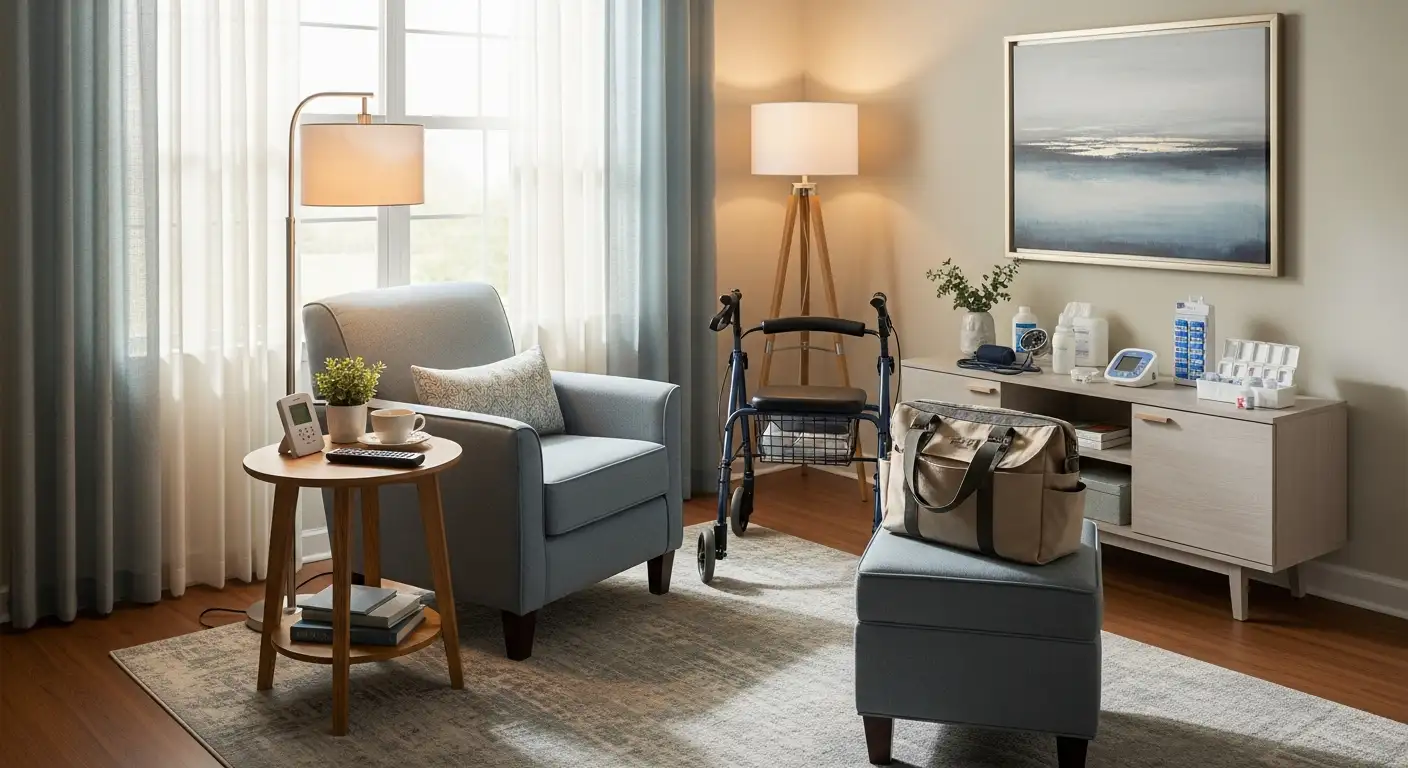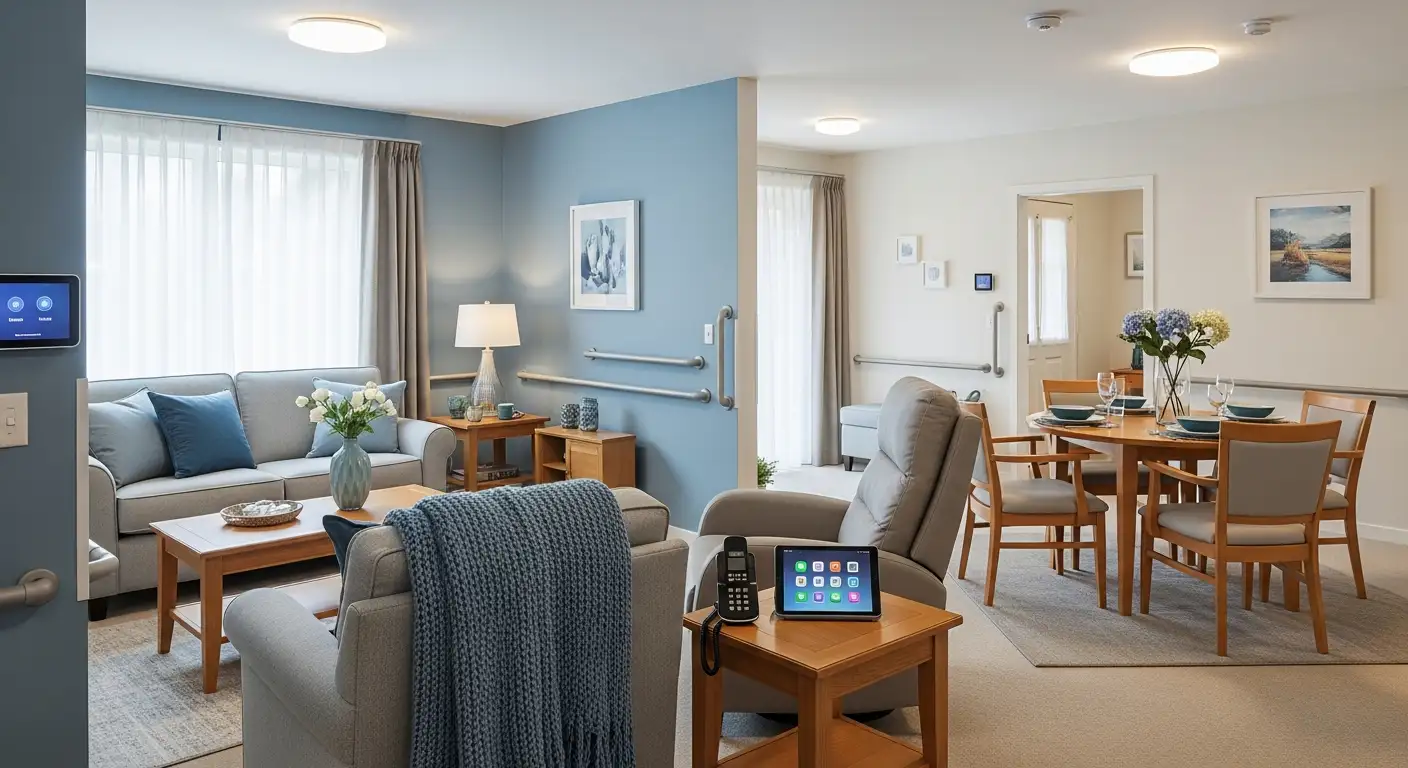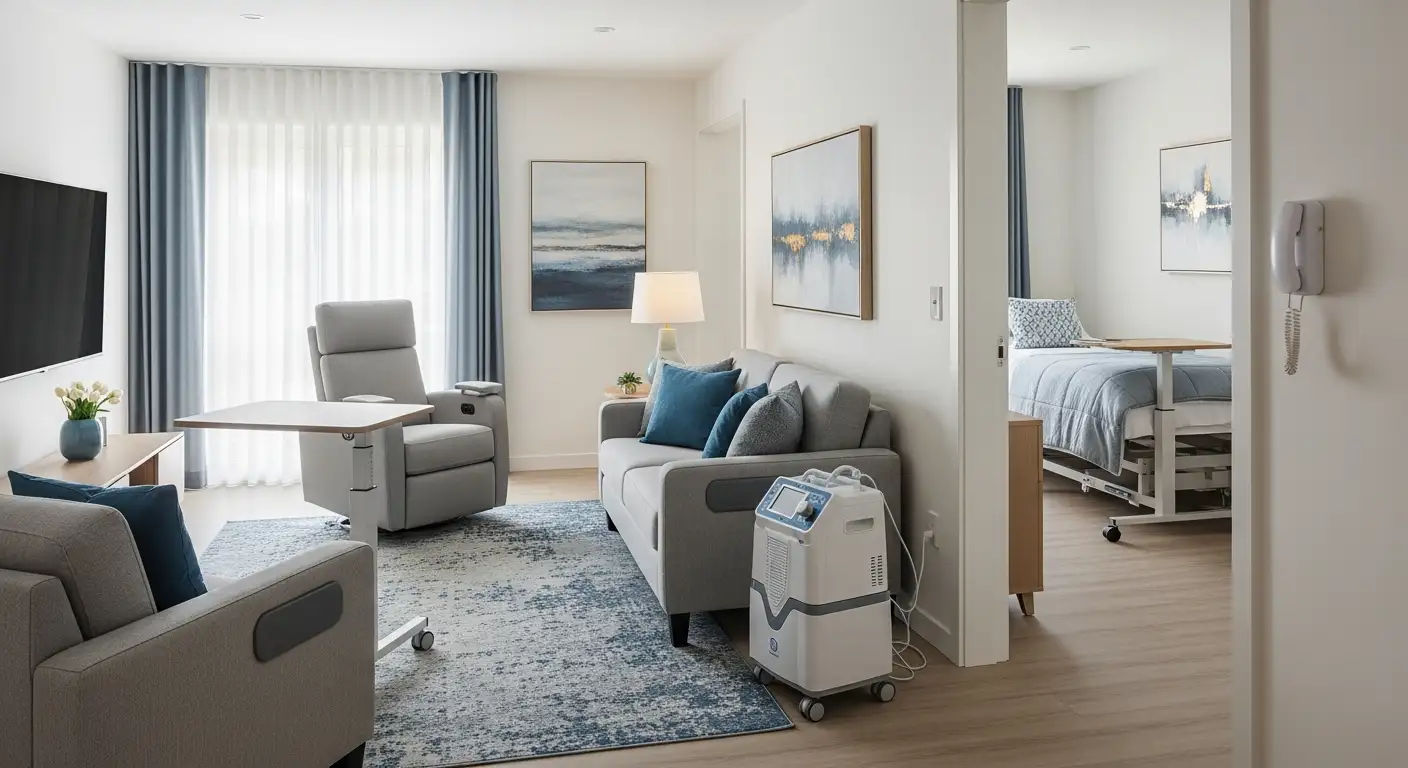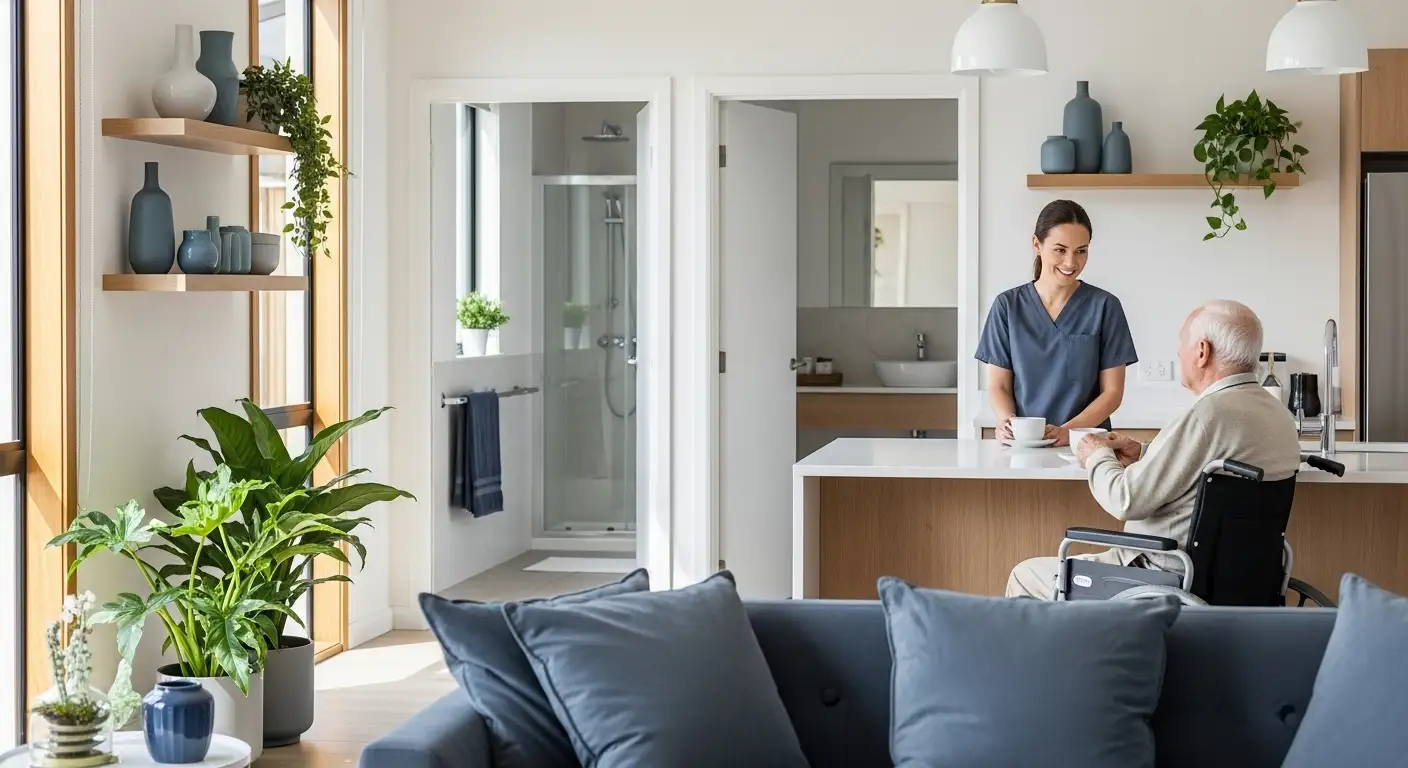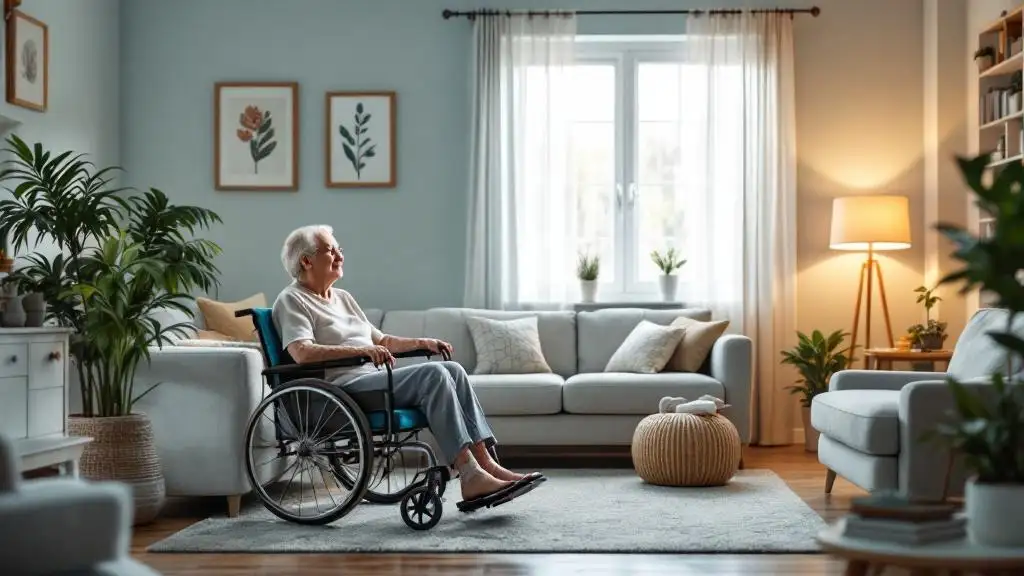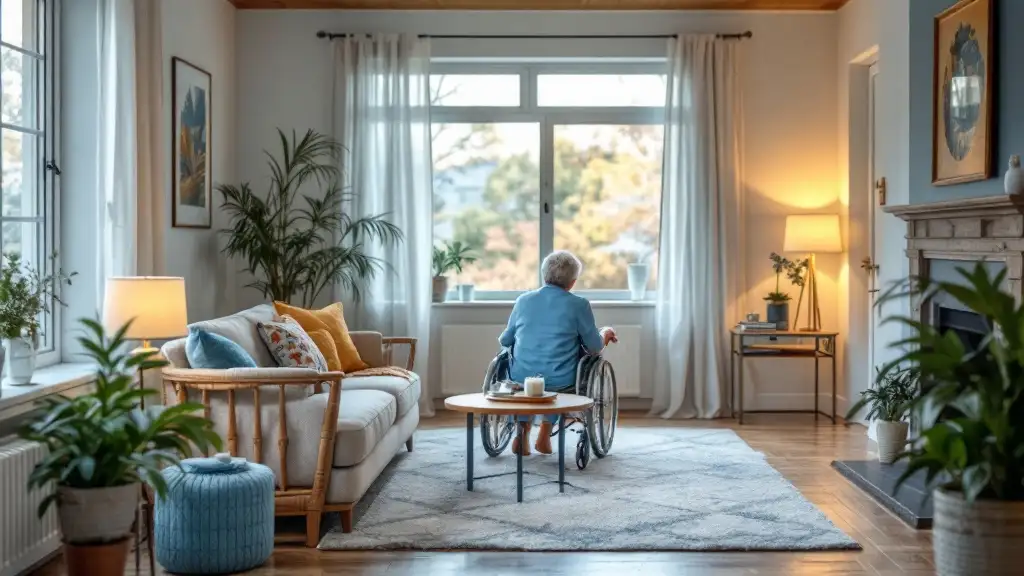Tips for transitioning to in-home care for seniors
Guiding Families Through a Seamless Shift to In-Home Senior Care

Embracing the Journey to Comfort and Care at Home
Transitioning to in-home care is a significant step for seniors and their families, enabling aging loved ones to maintain independence while receiving essential support. This guide explores comprehensive strategies and practical tips to ensure a smooth, respectful, and empowering move to personalized care within the familiar surroundings of home.
Understanding the Scope and Benefits of In-Home Care
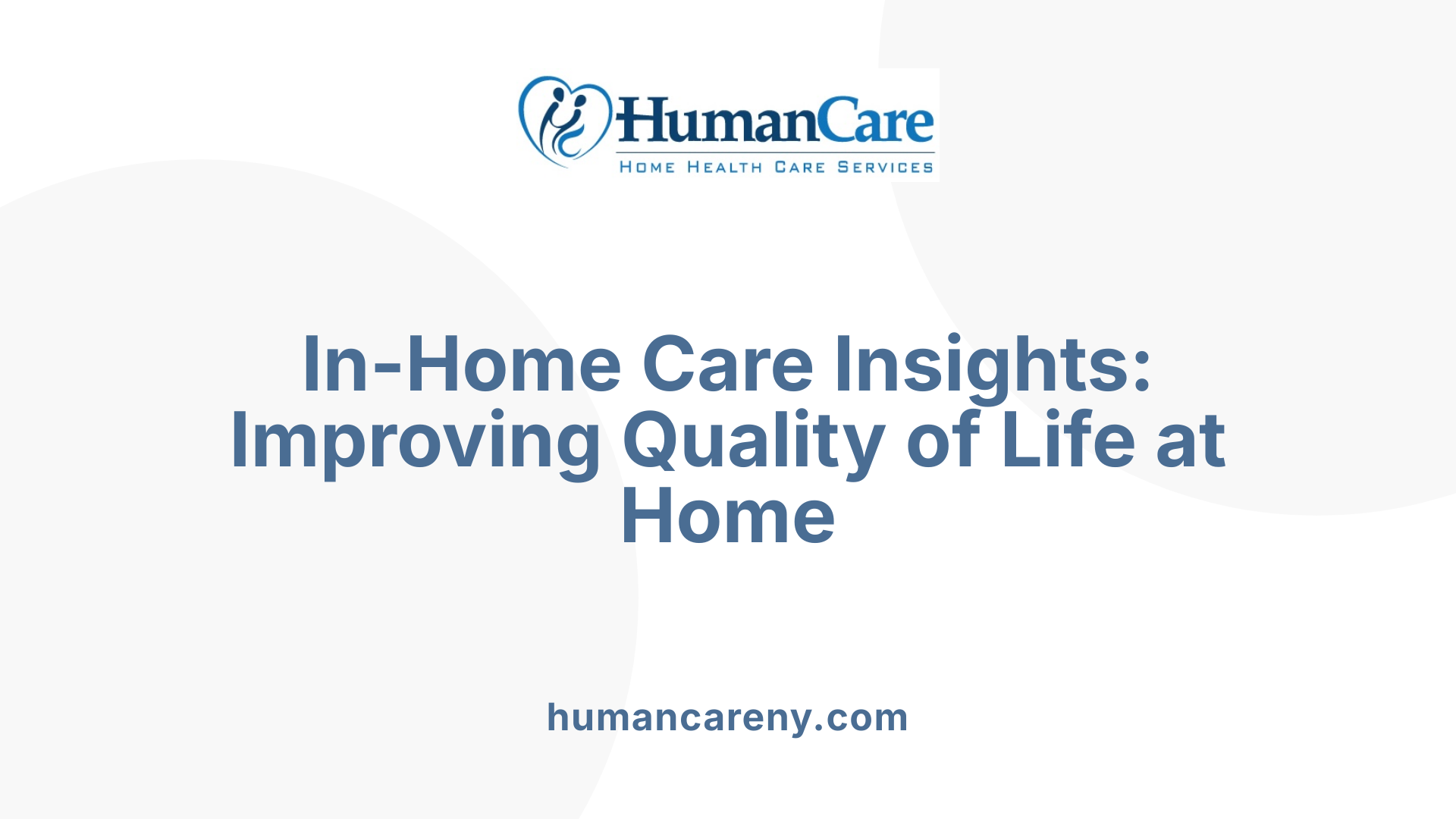
What is In-Home Care?
In-home care refers to assistance and healthcare services provided in a person's own home. It encompasses a wide range of support designed to help individuals maintain independence and improve their quality of life without needing to move to a facility.
Types of In-Home Care Services
There are two primary kinds of in-home care:
Personal Care Services: These include help with Activities of Daily Living (ADLs), such as bathing, grooming, toileting, meal preparation, companionship, and light housekeeping.
Medical Home Care Services: Skilled nursing care, therapy services, medication management, wound care, and post-surgery rehabilitation fall under this category. These services are often provided by licensed health professionals.
Advantages of In-Home Care
In-home care offers several benefits:
Familiar Environment: Seniors can stay in their own homes, surrounded by personal belongings and routines.
Personalized Attention: Care plans are tailored to individual needs.
Flexibility: Services can be scheduled based on availability and preferences.
Cost-Effectiveness: It often costs less than institutional care.
Independence: Encourages maintaining daily skills and autonomy.
Challenges and How to Address Them
Some common challenges include:
Potential Isolation: Seniors might feel lonely without community interaction; incorporating companionship and social activities helps mitigate this.
Limited Medical Resources: Access to medical care may be limited; arranging regular visits by healthcare professionals and emergency preparedness plans is essential.
Family Burden: Family members may feel overwhelmed; sharing responsibilities among caregivers and seeking professional support can alleviate stress.
Safety Concerns: Homes may have hazards; modifications such as grab bars, improved lighting, and medical alert systems improve safety.
Proper planning, community resource engagement, and continuous care plan adjustments help address these challenges effectively.
Assessing Needs and Planning Ahead for Effective Care
Conducting Professional Health Assessments
Before beginning in-home care, it's essential to assess the individual's health comprehensively. Professional health assessments by doctors or home health agencies evaluate medical conditions and guide appropriate care levels. These evaluations also help determine whether skilled nursing or personal care is needed.
Identifying Activities of Daily Living (ADLs)
Understanding which daily tasks require assistance is critical in planning care. ADLs include bathing, dressing, grooming, toileting, meal preparation, and medication management. Pinpointing these needs allows caregivers to tailor services effectively and ensures the person's comfort and safety.
Financial and Legal Considerations
In-home care involves costs that vary based on the type of services and provider chosen. Factors such as insurance coverage—including Medicare, Medicaid, or private insurance—play a significant role in affordability. Additionally, legal matters like power of attorney or healthcare proxies should be addressed early to facilitate decision-making and protect the individual's rights.
The Importance of Early Planning
Planning ahead before extensive care is needed allows families to create a supportive and safe home environment. Early preparation includes researching care providers, setting up home modifications for accessibility, and establishing a care plan. This foresight helps smooth transitions, reduces stress, and supports the individual's preference to age in place with dignity and independence.
Selecting Quality Care Providers and Creating a Tailored Care Plan
Researching Licensed Agencies
When considering in-home care, start by researching licensed and accredited home health care agencies. These agencies adhere to regulatory standards, ensuring quality and safety. Look for agencies that specialize in the level of care your loved one requires, whether personal assistance or skilled nursing.
Interviewing and Selecting Caregivers
Next, conduct interviews with potential caregivers or agencies. Prepare questions about experience, training, availability, and how they handle emergencies. This process helps determine if the caregiver's style matches the needs and preferences of your loved one.
Role of Care Coordinators
Care coordinators act as liaisons between families and care providers. Meeting with them allows families to discuss care plans, express specific preferences, and evaluate the agency’s commitment to personalized care. Their involvement ensures services are well-coordinated and tailored.
Developing a Personalized Care Plan
Together with caregivers and coordinators, create a care plan that addresses daily activities, medical needs, safety measures, and emotional support. The plan should be flexible, allowing adjustments as needs change. This customized approach enhances comfort and well-being.
This careful selection and planning process ensures your loved one receives compassionate, competent care designed specifically for them.
Preparing the Home Environment for Safety and Accessibility
Home Safety Evaluations and Modifications
Before beginning in-home care, it is essential to conduct thorough safety evaluations of the living space. Professional assessments by occupational therapists or aging-in-place specialists can identify hazards and recommend modifications that enhance both safety and accessibility. These evaluations help to create a safer environment that supports the individual's physical abilities and limitations.
Installing Supportive Devices (Grab Bars, Lighting)
Installing supportive devices in key areas of the home such as bathrooms and hallways significantly reduces the risk of falls and accidents. Grab bars near toilets and in showers offer stability during bathing and toileting. Additionally, improving lighting—especially night lights and well-placed fixtures—helps prevent trips and makes navigation easier, particularly for those with vision impairments or mobility challenges.
Special Precautions for Dementia Care
For seniors with dementia, safety requires additional measures. These include installing remote-controlled door locks to prevent wandering and disabling stoves or other appliances to minimize the risk of injury. Such precautions protect the individual from potentially dangerous situations while allowing them to remain in their familiar home environment.
Emergency Preparedness Systems
Equipping the home with emergency preparedness systems is a vital component of in-home care safety. Medical alert systems provide seniors with quick access to help in emergencies, reducing response times in critical situations. Inclusion of geriatric care managers can also enhance safety by coordinating care and resources effectively. These systems bring peace of mind to both seniors and their families, ensuring help is always within reach.
By thoroughly preparing the home environment with these safety measures and modifications, families can support their loved ones' independence and wellbeing while minimizing hazards and emergencies.
Navigating Emotional Challenges and Facilitating Acceptance

Acknowledging Seniors' Feelings
Transitioning to in-home care is often an emotional experience for seniors. It’s essential to recognize and validate their feelings, whether it's fear, sadness, or frustration. Being patient and understanding creates a supportive environment where seniors feel heard and respected.
Involving Seniors in Decision-Making
Engaging seniors in discussions about their care gives them a sense of control and ownership. This involvement not only affirms their preferences but also enhances acceptance of the support they receive. Collaborative planning helps to tailor care services to individual needs and fosters trust.
Gradual Introduction of Care Services
Starting care with short, manageable periods — like a few hours a week — helps seniors adjust without feeling overwhelmed. This gradual approach builds confidence and comfort with caregivers, leading to smoother integration of ongoing assistance.
Communicating Care as a Partnership Fostering Independence
Reframing the introduction of in-home care as a partnership promotes the idea that caregiving supports rather than diminishes independence. Emphasizing that care enables seniors to maintain control over daily activities and lifestyle encourages a positive perspective on receiving help.
Establishing Routines and Building Relationships with Caregivers

Importance of Effective Communication
Effective communication is fundamental for successful in-home care. It ensures that caregivers clearly understand the needs, preferences, and concerns of seniors, while families remain informed of care progress and any issues that arise. Open dialogue helps promote trust and reduces misunderstandings, making the caregiving experience more positive for everyone involved.
Setting Daily Routines
Establishing consistent daily routines can provide structure and predictability, which often help seniors feel more secure and comfortable. These routines may include regular times for meals, medication, personal care, and social activities. Predictable schedules help caregivers manage tasks efficiently and support seniors' independence and well-being.
Engaging Caregivers and Seniors
Engagement between caregivers and seniors goes beyond basic tasks. Encouraging caregivers to build rapport, show empathy, and involve seniors in decision-making fosters meaningful relationships. This involvement boosts seniors' emotional well-being and helps caregivers understand personal preferences, making care more personalized.
Monitoring and Adapting Care Plans
Care plans should be regularly reviewed and adjusted as seniors' needs evolve. Caregivers and family members must communicate effectively to identify changes in physical health, emotional status, or other factors. Adaptations might include modifying routines, introducing new therapies, or increasing support, ensuring care remains responsive and effective.
Supporting Caregiver Wellbeing and Preventing Burnout
Caregiver self-care essentials
Caring for a loved one at home demands physical and emotional stamina. Caregivers should prioritize their own health by scheduling regular breaks, getting sufficient rest, and seeking social interaction outside caregiving duties. Maintaining hobbies and activities that provide personal fulfillment helps sustain resilience.
Leveraging family and community resources
Sharing responsibilities among family members eases the caregiving load. Engaging friends, neighbors, or community volunteers can provide companionship for the care recipient and respite for the primary caregiver. Community organizations also often offer programs that support caregivers in multiple ways.
Professional support and respite care options
In-home care agencies provide trained aides who can step in to manage daily care tasks, giving caregivers time off. Respite care services—offered through agencies or community programs—offer temporary relief from caregiving duties, allowing caregivers to recharge and prevent burnout.
Resources for caregiver support
Numerous organizations provide education, counseling, and peer support for family caregivers. For example, AARP's caregiver support lines, online discussion groups, and local community guides offer valuable information and emotional encouragement. Seeking these resources helps caregivers feel supported and connected.
By attending to self-care, sharing responsibility, utilizing respite options, and engaging support networks, caregivers can maintain their wellbeing and provide sustained quality care to their loved ones.
Leveraging Programs and Financial Resources to Sustain Care

What programs assist with in-home senior care?
Programs like the Consumer Directed Personal Assistance Program (CDPAP) in New York and the Community Care Program (CCP) in Illinois offer valuable assistance to seniors needing in-home care.
- CDPAP allows Medicaid-eligible recipients to hire and manage their own caregivers, including friends or family, for personal and skilled nursing services.
- CCP supports adults aged 60 and older by providing no-cost in-home services through home care aides, helping maintain independence.
What services are eligible, and what responsibilities do recipients have?
Eligible services typically include personal care such as bathing and grooming, skilled nursing, therapy, medication management, and household tasks. Recipients in programs like CDPAP are responsible for recruiting, hiring, training, supervising, and, if necessary, terminating their personal assistants. Coordination with fiscal intermediaries, like Public Partnership LLC (PPL) for CDPAP, ensures proper administration of wages and benefits.
How is in-home care coverage handled financially?
Costs of in-home care vary widely depending on services and programs. Insurance coverage through Medicaid, Medicare, or private insurers may cover skilled nursing and therapy services, especially for those who are homebound. Personal funds may also be used when applicable. Programs like CCP provide no out-of-pocket costs for eligible seniors. Planning ahead to understand coverage options helps families avoid unexpected expenses.
Why is ongoing financial planning important?
In-home care needs can evolve, impacting costs and resource requirements. Regular reassessment ensures care remains appropriate and affordable. Staying informed about program eligibility and changes in insurance benefits is crucial. Families should also explore additional financial products and community resources to maintain sustainable, quality care over time.
By utilizing specialized assistance programs and carefully managing finances, families can create a supportive and cost-effective environment that allows loved ones to age in place comfortably and safely.
Embracing Independence with Compassion and Confidence
Transitioning a senior to in-home care involves thoughtful planning, open communication, and a supportive environment that honors their dignity and preferences. By understanding care options, preparing the home, engaging loved ones, and utilizing available resources, families can create a nurturing atmosphere where seniors thrive safely and comfortably at home.
References
- Making The Transition To In-Home Care - A Step-by- ...
- Navigating the Transition to Home Health Care: A Guide for ...
- Aging in Place: Growing Older at Home
- Consumer Directed Personal Assistance Program (CDPAP)
- Guide to Providing In-Home Care for a Loved One
- In-Home Care - Illinois Department on Aging
- Transitioning to Home Care: How to Help a Loved One ...

